Diversity and inclusion (D&I) efforts in many organizations are starting to lose momentum. The reasons vary widely—from narrowly defined strategies, unclear goals, or emphasizing training over systemic inequities. Since the death of George Floyd, companies have made meaningful strides in acknowledging the importance of and expressing a commitment to diversity and inclusion. Yet, for many employees in minority and marginalized groups, not much has changed. To be fair, it has only been just over two years since the summer of 2020 when corporate America pledged to take action. D&I is a long game and it will take time to see if those efforts have paid off. But I worry that we are paying too much attention to diversity and not enough time on inclusion. Diversity is only part of the equation and I’d say it’s only 25% of the challenge. Let me explain.
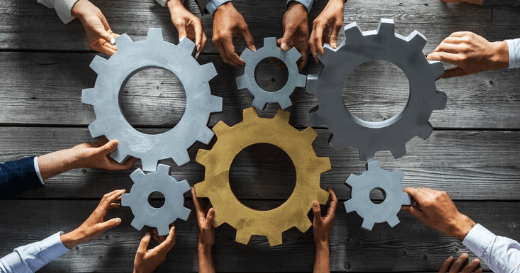
Let’s start with the definitions:
Merriam-Webster’s definition of diversity is fairly straightforward: “The condition of having or being composed of differing elements: VARIETY.”
There are several different definitions for inclusion, including:
-
-
- The act of including: the state of being included.
- The act or practice of including students with disabilities with the general student population.
- The act or practice of including and accommodating people who have historically been excluded (as because of their race, gender, sexuality, or ability.)
-
Diversity is about the composition of the workforce. Changing that composition across the profession will take years of sustained effort. Addressing bias in engrained recruiting practices and retention strategies will take time. But we have a grasp of the problem and have identified solutions. The challenge now is doing the work. There is no short-term fix. The fact that we have this sense of (relative) clarity of the diversity challenge is why I weighted diversity as 25% of the D&I equation.
Inclusion is messier. It’s difficult to measure and means different things to different people, which is why the definition of workplace inclusion varies widely. My favorite description of inclusion is from Work Design magazine titled More Than A Feeling: Measuring Workplace Inclusion:
“Inclusion is not just a feeling, nor a static state. It is continuously created and reinforced—or undermined—through everyday conversations, meetings, leadership behaviors, managerial practices, and corporate policies.”
There are a few things I like about this definition. First, inclusion is dynamic, not static. That means inclusion cannot be the goal, it is the outcome. Second, it is continuously impacted by everything in our work environment day to day. Lastly, it includes the impact of leadership behaviors as well as corporate policies. Although there is no singular, widely accepted definition of inclusion in the workplace, we all know what it feels like when we experience it. And by ‘all of us,’ I’m not just referring to the minorities in the room. I’m talking about everyone, including the white guys.
I bring up the white guys because they are the group we talk the least about in D&I work. Traditional business customs, norms, rules of engagement and expected behaviors are primarily based on white, cisgender, heterosexual men. So, it stands to reason that they should all feel included in everything, all the time, right? While that may be true some of the time for many white men, their lived experiences should be considered in our inclusion efforts. D&I efforts focus almost exclusively on everyone else: people of color, LGBTQIA communities, people with disabilities and women. After all, these are the groups that have experienced systemic barriers, discrimination, assimilation pressures and blatant exclusion for decades. That is why it is imperative that D&I efforts specifically and intentionally work to identify and understand these barriers, then develop and implement long-lasting solutions to address them. Unfortunately, not all these groups get equal airtime.
In my work, almost all of my clients are working on issues around gender and race. By gender, I mean women. By race, I mean efforts focused disproportionately on Black and hispanic people first, while native and indigenous people are rarely included. And organizations are become increasingly open to conversations about gender identity and expression, and the importance of LGBTQIA inclusion, due in part to the advocacy and anti-discrimination efforts by the LGBTQIA community across society. All of these efforts should be applauded and celebrated. But diversity is so much more than gender, race and the LGBTQIA community.
I use a variety of identity wheels and icebergs in my work. The goal of these visual aids is to help us see the different ways we see, group, organize and define people. Most graphics are organized either around categories (i.e., internal, organizational, etc.) or visibility (a dimension that we can see). I created this version to combine both into a single graphic. I felt this was important because these dimensions fall into different categories, some of which are visible, and others are hidden.
Widening the definition of diversity may help rekindle D&I efforts. Perhaps part of the reason D&I efforts are losing momentum is that they are too narrowly focused on a few groups. In other words, our diversity efforts should be more diverse.
Taking a more holistic approach means looking beyond race and gender. This means:
-
-
- Understanding the needs and challenges of employees with disabilities, then implementing solutions that don’t require someone to ask for the tools and resources they need. Employers are required to provide accommodations when requested but that puts the burden on the employee, particularly those with an invisible disability, to reveal something very private just to level the playing field.
- Understanding intersectionality to ensure that programs, supports and resources address the needs of employees who belong to two or more marginalized or underrepresented groups. For example, we assume that a program for women offers equal support for Black women, or that resources for Black employees offer equal support for Black women. Living at the intersection of Black and women does not automatically mean programs aimed at supporting those two, very different groups will support that person.
- Understanding the importance of cultural awareness to ensure all backgrounds, traditions, ethnicities and experiences are acknowledged, appreciated and respected. Cultural differences are often a source of miscommunication. Appreciation of those differences can lead to improved collaboration, organizational trust, team unity and fewer uncomfortable conversations.
- It also means including men, particularly white men, in the conversation. Understanding their lived experience and perspectives so D&I efforts can help build programs to address blind spots and offer insights that can be incorporated into other D&I work.
-
Organizations need to zoom out, so to speak, and look at a wider range of dimensions of diversity, then identify those that need attention based on the organization's culture, practices, experiences and challenges. Holistic diversity doesn’t mean equal time for all groups. It just means all groups get some time. Efforts should be calibrated in such a way that effort and attention go to the most marginalized, disadvantaged groups in the organization. Those groups will likely vary by organization.
By taking a more holistic approach to diversity and inclusion, it sends a message to everyone in the organization that all of our differences are seen, valued and appreciated—not just those in a few select groups. None of us like to be ignored. Letting everyone know that they are seen could be just the boost an organization needs to recharge their D&I efforts. It might not only put them back on track, but it could help them pick up some momentum by gaining buy-in and increased support across the organization.
As we all know, the impact of our diversity efforts won’t be seen overnight and the same is true for inclusion. However, taking action now reassures employees of their company’s commitment to finding a place for each and every employee and making an effort to meet everyone’s unique needs. Everyone deserves respect in the workplace and how a company chooses to address D&I in their organization can make all the difference.
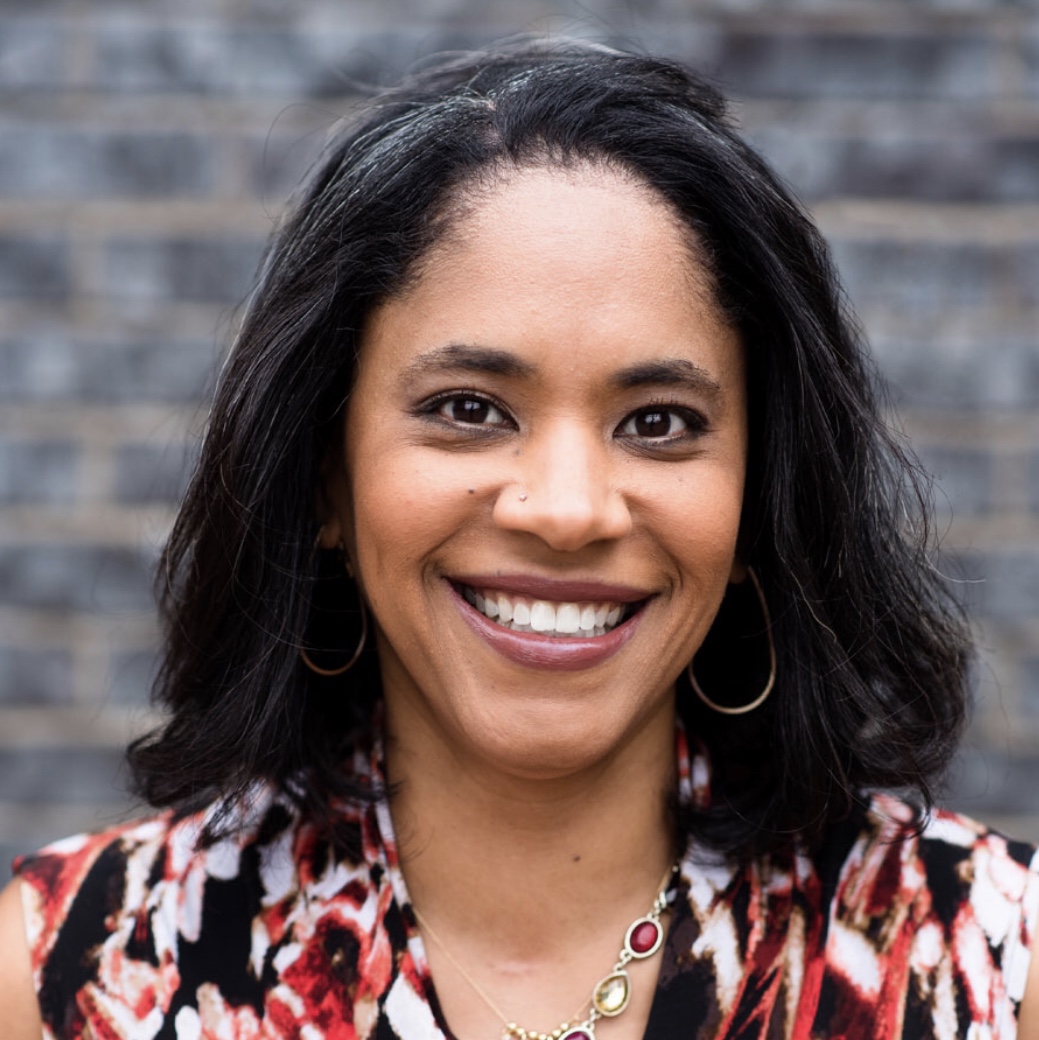
Jina Etienne, CPA, CGMA, CDE® (Certified Diversity Executive), is CEO of Etienne Consulting, LLC, a DEI consultancy practice specializing in inclusive leadership, conscious communications, cultural sensitivity and awareness, empowering authenticity and fostering belonging. Her firm helps organizations identify then implement DEI initiatives, integrate DEI into their training and leadership development programs, and coaches firm leaders and business executives to help them lead inclusive organizations and high performing teams that support diverse talent in meaningful ways through self-awareness, intentionality and mindfulness. She brings a 32+ year career in the accounting profession as an entrepreneur, business consultant and C-Suite leader to her practice. After a 21 year career in public accounting, including 17 years running her own CPA firm, she shifted to serving the profession as a Director at the American Institute of CPAs then President & CEO of the National Association of Black Accountants, Inc. She went on to become the first national leader for D&I at Grant Thornton. She lives in Silver Spring, Maryland, with her husband, two sons, and Doug, their American bulldog.
READ MORE BY Jina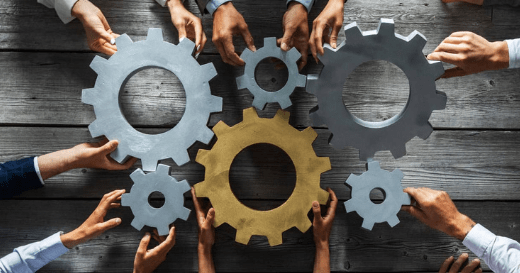




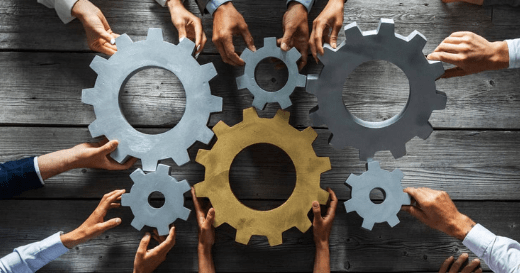

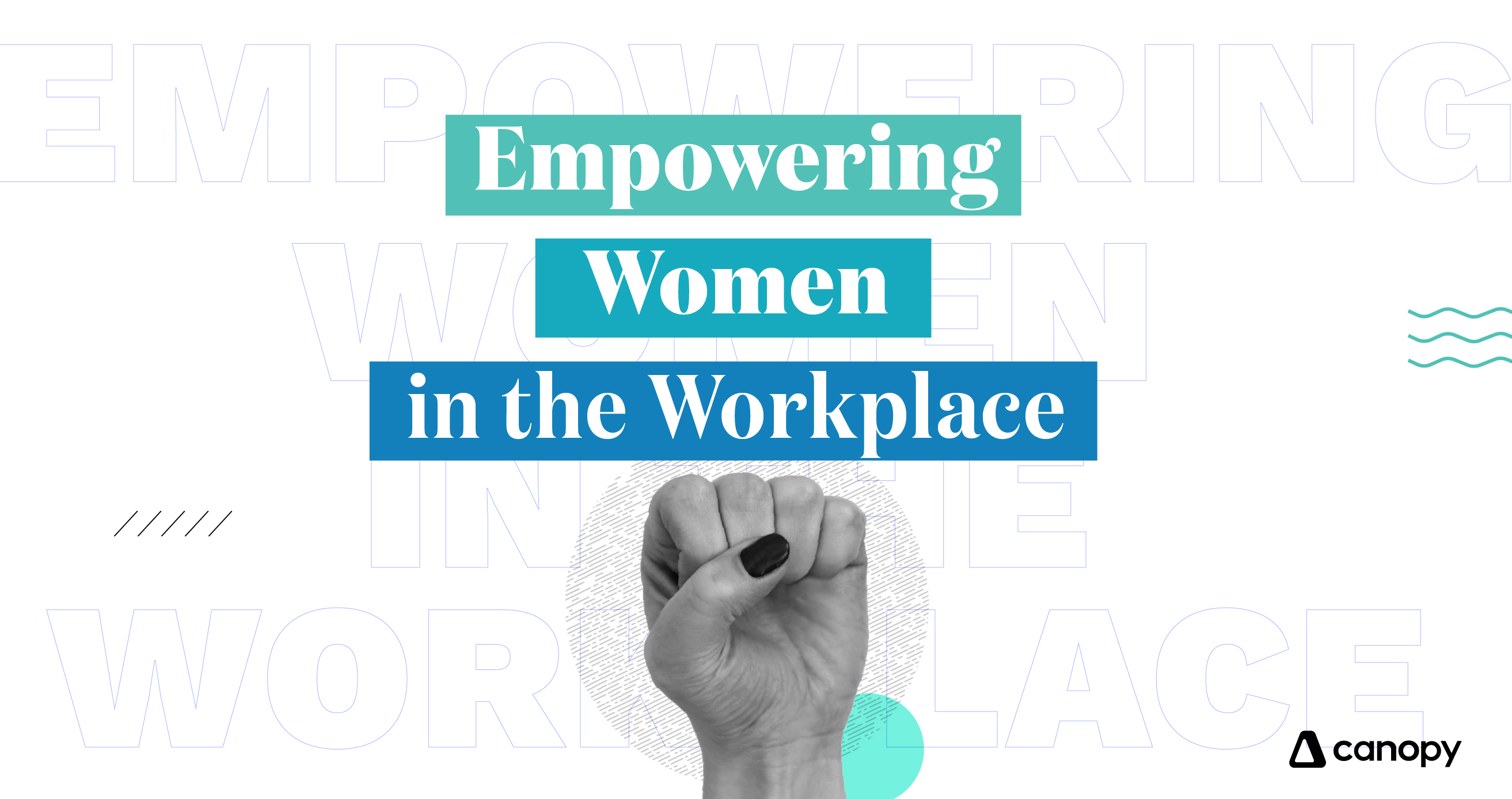
Get Our Latest Updates and News by Subscribing.
Join our email list for offers, and industry leading articles and content.